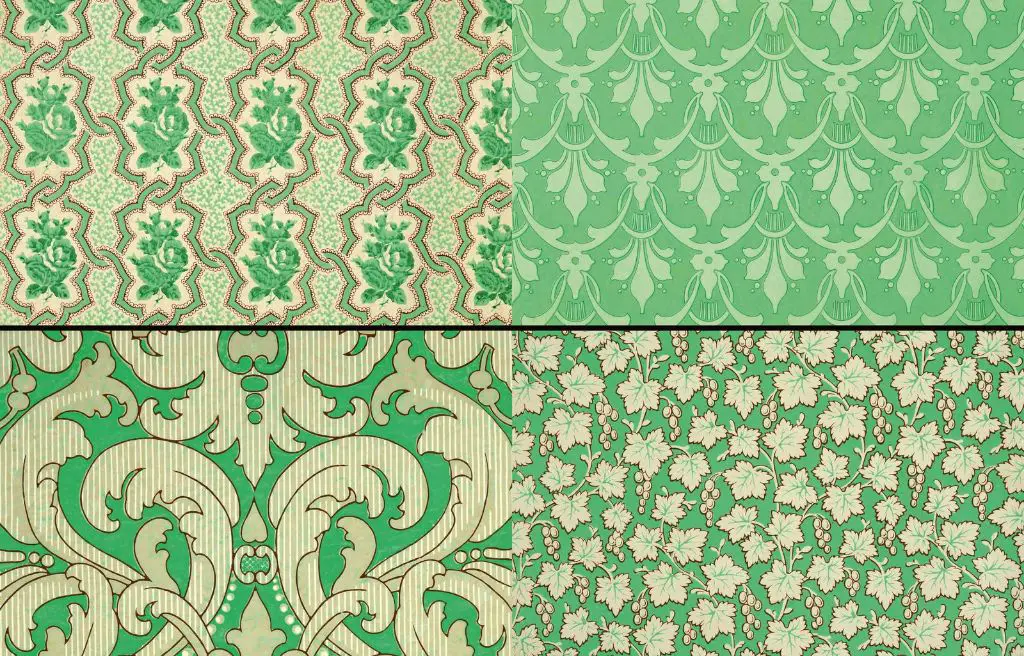Napoleon Bonaparte was one of history’s greatest military leaders and rulers. As Emperor of France from 1804 to 1814, he conquered much of Europe and instituted various reforms. However, Napoleon’s fortunes turned in 1812 when he invaded Russia. After initial success, his army was devastated during the long retreat from Moscow by harsh weather, lack of supplies, disease, and constant Russian attacks. Napoleon was forced to abdicate in 1814 and was exiled to the island of Elba.
He made a dramatic return to power in 1815 during the Hundred Days, but his reign was again cut short when he was defeated by the combined British and Prussian armies at the Battle of Waterloo on June 18, 1815. Following this loss, Napoleon was captured by the British and exiled to the remote island of St. Helena in the south Atlantic Ocean.
There, Napoleon’s health steadily deteriorated over the next six years in confinement. He died at age 51 on May 5, 1821, with the official cause listed as stomach cancer. However, ever since his death, there have been rumors and speculation that Napoleon was actually poisoned.
The Arsenic Poisoning Theory
In 1961, an analysis of hair samples taken from Napoleon after his death discovered high levels of arsenic. This led to the theory that chronic arsenic poisoning contributed to Napoleon’s death. Arsenic was used as a poison during the 19th century, and Napoleon could have received repeated doses that eventually caused his health to fail on St. Helena.
Arsenic was a common ingredient at the time in products like weed killers and rat poison. The speculation is that Napoleon could have been slowly poisoned by one of his closest associates who had easy access and opportunity. Political motivation is cited since Napoleon was still seen as a threat to the re-established monarchies in Europe.
Evidence Against Deliberate Poisoning
However, more recent scientific studies have disputed the deliberate arsenic poisoning theory. Analysis of Napoleon’s hair samples showed the levels of arsenic were typical for someone of that era. Traces most likely came from common products and contaminated food or wine. Chronic alcohol consumption can also lead to arsenic absorption.
No evidence of acute arsenic poisoning was found. If Napoleon had been deliberately poisoned, the arsenic dosage likely would have been rapidly increased to cause death quicker. Additionally, arsenic leaves identifiable tissue damage that was not seen during Napoleon’s autopsy.
Napoleon exhibited many of the symptoms of stomach cancer that led to his official cause of death. Poisoning also does not explain why four of the six people who accompanied Napoleon to St. Helena died during the six year confinement.
The Wallpaper Theory
A newer theory proposes that Napoleon was unintentionally poisoned by the arsenic-laced wallpaper in his home on St. Helena. Samples of the wallpaper taken from the residence decades later were found to contain high arsenic levels.
It is speculated that molds and humidity could have caused the arsenic to flake off the wallpaper. Exposure over time through touching the wallpaper or breathing in arsenic dust may have sickened Napoleon and his companions.
Green was a popular color for wallpaper at the time because it used arsenic-based dyes. However, this theory fails to account for the lack of acute tissue damage expected from arsenic poisoning.
Evidence for Stomach Cancer
The most widely accepted explanation today is that Napoleon indeed died from stomach cancer. Napoleon himself believed he was dying from the “stomach illness” that plagued him for years.
Some key evidence supporting stomach cancer as the cause:
| – Loss of appetite | – Pain and vomiting after eating |
| – Weight loss and weakness | – Abdominal pain and bloating |
| – Gastric bleeding | – Emaciated appearance |
These match Napoleon’s symptoms leading up to his death. The type of stomach cancer was likely gasric carcinoma. The autopsy found a large tumor in Napoleon’s stomach that would have obstructed digestion and led to internal bleeding.
Napoleon did have a family history of stomach cancer – his father died from it at age 39. The stress Napoleon endured, excessive alcohol use, rich foods, and link to H. pylori bacteria all could have heightened his risk.
Conclusion
While arsenic poisoning makes for an intriguing theory, scientific evidence indicates that Napoleon most likely died from a hereditary disposition to stomach cancer. The harsh exile conditions he endured – stress, poor diet, lack of activity – probably accelerated the cancer’s progression.
But despite the circumstances, Napoleon remains one of history’s iconic figures. His spectacular rise and fall continue to inspire debate about his character and ambitions.
The dramatic story of Napoleon’s death and possible murder plot will no doubt fascinate history enthusiasts for generations to come. Even if new evidence someday changes accepted beliefs, the mystery and allure surrounding Napoleon’s last days will endure.


